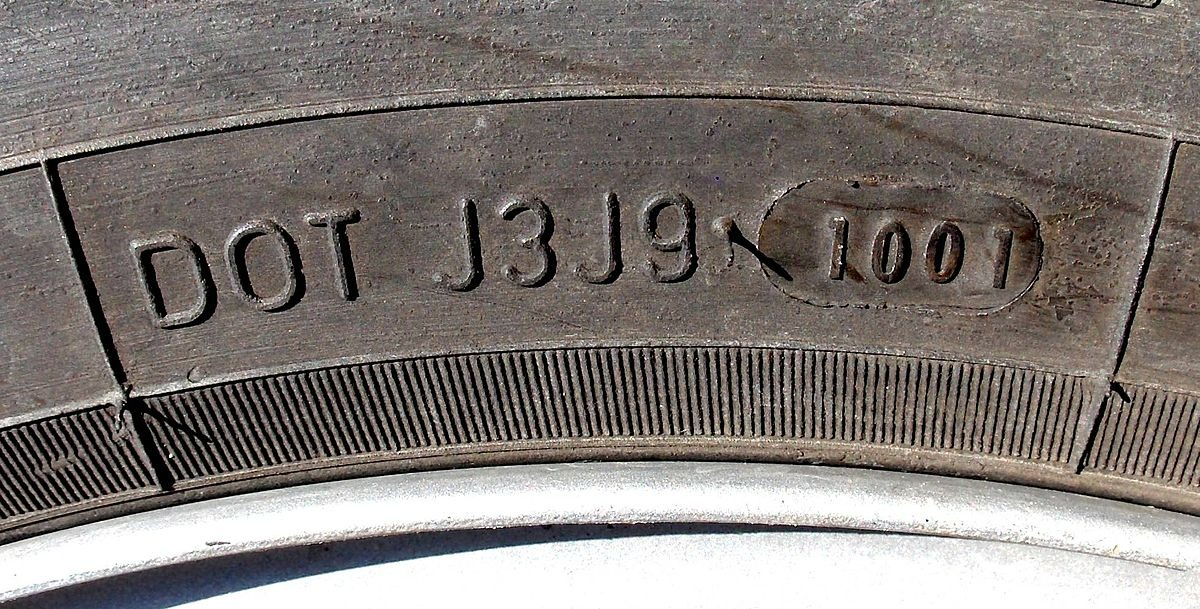Your tires might look perfect, but be dangerously expired—and the proof is hiding in plain sight on your sidewall. While you’re checking tread depth like a responsible driver, rubber deterioration happens silently over time, turning seemingly safe tires into roadside disasters waiting to happen. The manufacturing date stamped on every tire reveals whether your rubber has crossed into dangerous territory, yet most drivers have never thought to look. Approximately 11,000 vehicle accidents occur annually in the U.S. due to tire-related issues, including expired or defective tires.
That cryptic DOT code stamped on your tire’s sidewall isn’t random gibberish—it’s a manufacturing timestamp that reveals everything. Look for “DOT” followed by a series of letters and numbers ending with four digits. Those final four numbers are your tire’s birth certificate: the first two indicate the week, the last two show the year. So “3521” means the 35th week of 2021. Your tire is older than you think, and age matters more than mileage.
The Science Behind Rubber Degradation
Even low-mileage tires become safety hazards as their molecular structure breaks down over time.
Rubber chemistry doesn’t care about your tread depth. Even garage queens with minimal miles develop microscopic cracks as polymers break down over time. Heat cycles, UV exposure, and simple aging turn flexible rubber into a brittle material that can catastrophically fail at highway speeds. Think of it like leaving your phone case in direct sunlight for years—it looks fine until it suddenly shatters. Most tire manufacturers recommend replacement after 6-10 years from the manufacturer’s date, regardless of remaining tread.
Industry Practices You Should Know
Tire retailers may not always disclose manufacturing dates, especially with older inventory.
The tire industry operates in regulatory gray areas when it comes to age disclosure. Tire dealers may not always volunteer manufacturing dates, particularly when selling older inventory that’s been sitting in warehouses. That spare tire in your trunk could be a decade old, and mechanics might not mention it during routine service unless specifically asked. While not technically illegal, this practice leaves consumers unaware of a critical safety factor that goes beyond tread depth measurements.
Take Action This Weekend
Check every tire on your vehicle this weekend, including that forgotten spare. Any tire manufactured more than 6-10 years ago needs professional evaluation, regardless of tread depth. Your safety shouldn’t depend on hoping someone else will mention what’s already written on your sidewall—the expiration date that could save your life.





























